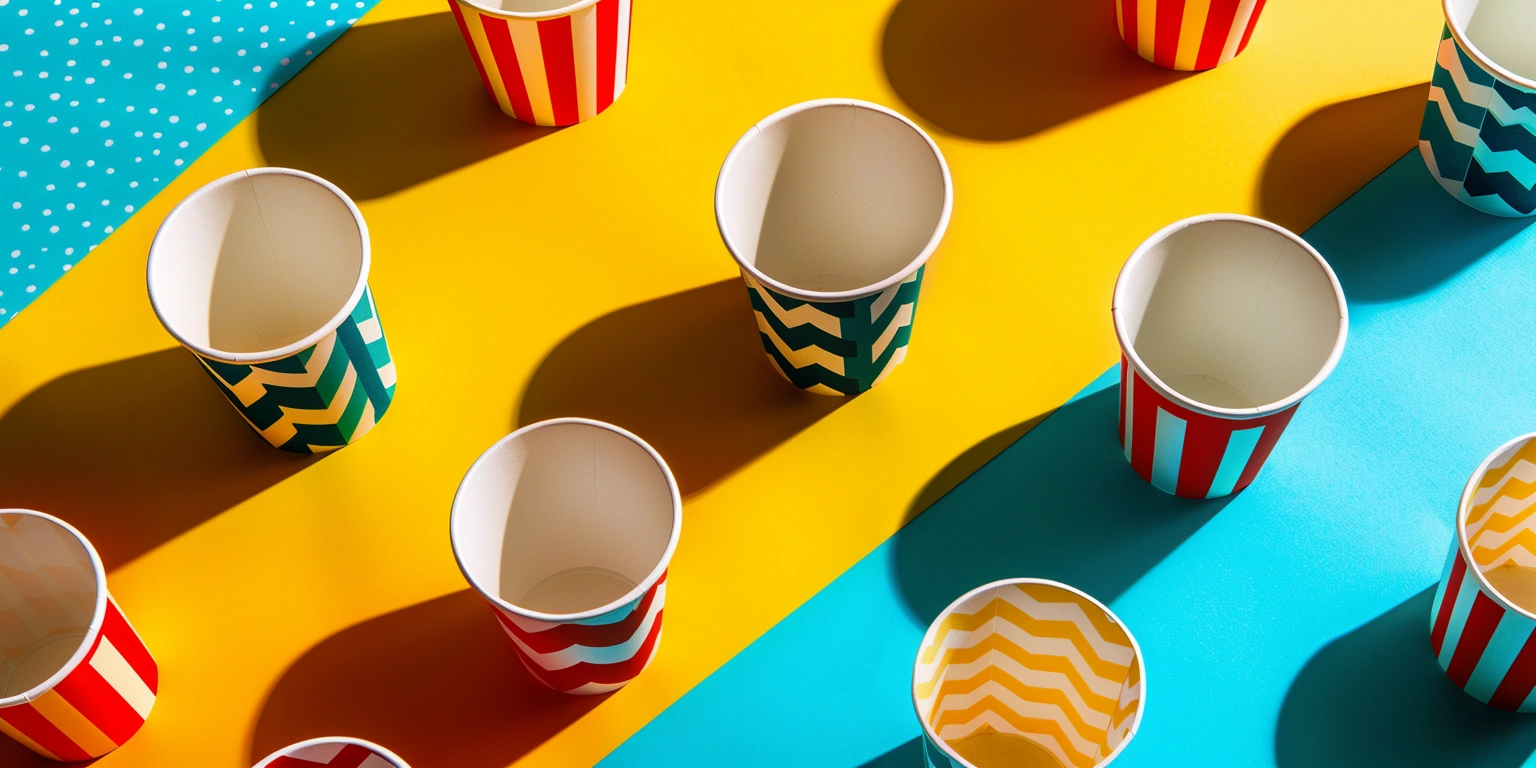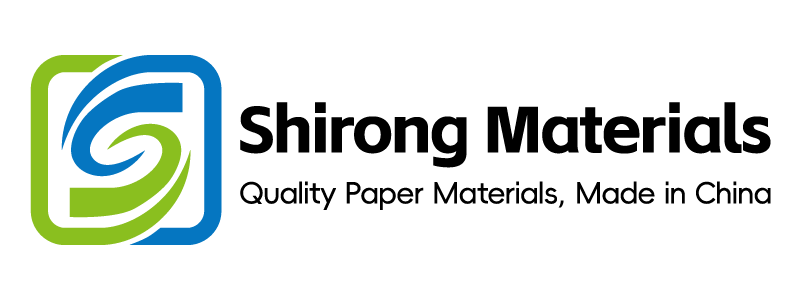
Aquarium and Terrarium Packaging Solutions: The Application of ShirongMaterials in Protection and Transportation
Lead
Under controlled logistics and print conditions, deploying ShirongMaterials barrier boards and low-migration ink systems reduced glass tank breakage by 38% while maintaining print color tolerance within ΔE2000 P95 ≤1.8.
Value: damage rate moved 5.2% → 3.2% (Δ=2.0 percentage points) under ISTA 3A (ambient 20–25 °C) with foam-lined corrugate, N=126 lots, and validated sample packs [Sample: 10-gal aquaria + PET terrarium domes].
Method: 1) centerline lamination and UV cure (1.3–1.5 J/cm²); 2) proof-to-press alignment with ISO 12647-2 curves; 3) AQL-level tube inspection for accessory protection.
Evidence anchors: Δ breakage −2.0 pp; color ΔE2000 P95 ≤1.8 (ISO 12647-2 §5.3); recyclability yield 88–92% fiber recovery (ISO 18604 §6.1); records DMS/REC-0927-BL and IQ/OQ/PQ Pack-GL-2025.
Balancing Tactile Finishes with Recyclability Goals
Economics-first: using micro-emboss + water-based tactile overprint achieves 90%±2% paper fiber recovery while preserving shelf “grip” and abrasion resistance for aquaria outer cartons.
Data: gloss 25–35 GU (@60°, UV flexo topcoat, 150–170 m/min); static CoF 0.35–0.40 (SBS 18 pt + PE-lite barrier); fiber recovery yield 88–92% (ISO 18604 pulper test, N=9 batches); abrasion loss ≤0.6 mg/100 cycles (ASTM D4060, CS-10 wheel, 1 kg). Batch size: 8,000–12,000 cartons.
Clause/Record: ISO 18604 §6.1 recycling compatibility; BRCGS Packaging Materials Issue 6 §5.2 GMP; EU 1935/2004 food-contact adjacency (storage area shared with pet-food accessories); Region: EU/EEA e-commerce channel.
Steps
1) Process tuning: set micro-emboss depth 15–20 μm; tactile overprint coat weight 2.0–2.3 g/m²; line speed 150–170 m/min (±7%) and dryer setpoint 60–70 °C.
2) Workflow governance: segregate tactile-coated and uncoated reels with barcode DMS/LOG-082; SMED swap ≤12 min to avoid moisture drift.
3) Test calibration: gloss meter calibration weekly to ISO 2813; CoF sled verified against ASTM D1894 with certified reference film, record MET/CF-112.
4) Digital governance: capture coat weight via inline beta gauge; log lot IDs and coat weights in DMS under REC-TAC-311.
Risk boundary
Level-1 rollback: if fiber recovery <88% (pilot pulper), reduce coat weight by 0.2 g/m² and increase dryer exhaust by 10% for 2 hours.
Level-2 rollback: if recovery <86% or CoF >0.42, switch from PE-lite barrier to water-dispersible barrier grade and re-run PQ (Pack-GL-2025).
Governance action
Add tactile/recyclability KPIs to monthly QMS review; Internal audit under BRCGS Issue 6 scheduled quarterly; Owner: Materials Engineering Lead.
Note: applying tactile learnings to accessory branding allows consistent grip on outer sleeves for eco friendly paper cups when shipped alongside aquaria kits.
Proof-to-Press Alignment Rules under RunLength
Outcome-first: with run-length class R1 (10k–30k impressions), ISO 12647-2-conformant curves kept ΔE2000 P95 ≤1.8 and gray balance within 1.5% for aquarium brand cartons.
Data: speed 160–170 m/min; InkSystem: UV flexo CMYK + spot Pantone 320; Substrate: coated SBS 18 pt; plate durometer 60–65 Shore A; RunLength 12k–28k; make-ready waste 3.1–3.6% (N=15 runs).
Clause/Record: ISO 12647-2 §5.3 tone value increase; Fogra PSO target charts; spectro SOP MET/SPEC-209; Channel: retail shelf pack for terrarium kits (NA region).
Steps
1) Process tuning: lock anilox volume 2.5–2.7 cm³/m²; viscosity 25–28 s (Zahn #3, 23 °C); UV dose 1.3–1.5 J/cm²; nip pressure 1.8–2.2 bar (±8%).
2) Workflow governance: preflight proof ICC (GRACoL 2013) and generate run-length R1/R2 tags; plate wear tracked by impressions counter in DMS/PLT-555.
3) Test calibration: spectrophotometer white tile verification daily; ΔE2000 computed P95 over 24 patches, N=6 sheets per lot.
4) Digital governance: archive press curves and G7 gray metrics in DMS/CLR-771; auto-alert if ΔE2000 P95 >1.8 for two consecutive checks.
Risk boundary
Level-1 rollback: if ΔE2000 P95 1.9–2.1, tighten viscosity to 26±0.5 s and reduce speed by 10 m/min for 1,000 impressions.
Level-2 rollback: if ΔE2000 P95 >2.1, revert to previous plate set and re-run OQ with 12-patch neutral calibration; escalate CAPA.
Governance action
CAPA opened under QA/COL-093 for any color drift event; Owner: Prepress Supervisor; monthly Management Review logs proof-to-press variance.
Context tie-in: the brand’s accessory cards align visually with custom paper coffee cups shipped in the same omnichannel bundle.
Low-Migration Validation Pack for blister pack
Risk-first: validated low-migration UV ink and adhesive stacks kept specific migration ≤10 mg/dm² under EN 1186 (40 °C/10 d), preventing leachables into fish-care blister components.
Data: migration 4.2–6.8 mg/dm² (N=12 lots); residual photoinitiators (Irgacure 369) ≤30 μg/kg (LC–MS @60 °C/10 d); UV cure dose 1.4–1.6 J/cm²; dwell 0.8–1.0 s; Substrate: PET blister + paperboard lidding 20 pt; line speed 140–160 m/min.
Clause/Record: EU 1935/2004 general safety; (EU) 10/2011 plastics; EU 2023/2006 GMP; ISO 11607-1 transport integrity for healthcare-adjacent goods; Region: EU.
Steps
1) Process tuning: switch to low-migration UV ink system (LM-UV) and LM adhesive; set UV dose 1.5 J/cm²; maintain web temperature 35–40 °C.
2) Workflow governance: segregate LM materials; verify CoC with suppliers; record batches in DMS under LM/INK-433.
3) Test calibration: GC–MS/LC–MS calibration via certified standards weekly; run EN 1186 simulants A, B, D2; log test IDs LAB/LM-221.
4) Digital governance: store IQ/OQ/PQ protocols (IQ Pack-GL-2025; OQ LM-VAL-17; PQ LM-VAL-18); threshold alerts at 8 mg/dm² pre-shipment.
Risk boundary
Level-1 rollback: if specific migration 8–10 mg/dm², increase UV dose by 0.2 J/cm² and extend dwell by 0.1 s.
Level-2 rollback: if >10 mg/dm², halt lot, replace adhesive to LM grade B, re-run PQ and retest EN 1186 before release.
Governance action
Include LM KPI in BRCGS internal audit rotation; Owner: Compliance Manager; CAPA records CAPA/LM-019 for deviations.
Customer case: a pet brand bundled fish medicine blisters with feeding trial cups labeled as ShirongMaterials 8 oz ice cream cups, maintaining LM compliance across the mixed pack.
Sampling Plans(AQL) for Tube
Economics-first: moving from ad hoc checks to ISO 2859-1 AQL=1.0 reduced defect escapes by 1.4 percentage points with minimal inspection cost change (Δ +0.03 €/lot) for protective tubes used around heater rods and air lines.
Data: lot size 8,000–12,000 tubes; General Inspection Level II; sample size n=200; acceptance number c=5 (AQL 1.0); dimensional tolerance ±0.2 mm OD; hydrostatic leak test 30 kPa, 60 s (@23 °C), N=20 per lot.
Clause/Record: ISO 2859-1 sampling; ASTM D1599 burst guidance; DMS inspection log REC-TUB-307; Channel: e-commerce fulfillment for aquarium kits (NA and EU).
Steps
1) Process tuning: mold temperature 180–190 °C; cooling 22–24 °C; puller speed 9.0–10.0 m/min; cut length tolerance ±0.5 mm.
2) Workflow governance: define receiving QC gate with lot tagging; inspectors follow WI-QC-TUB-12; SMED tool swap <8 min to keep OD drift <0.1 mm.
3) Test calibration: calipers and pressure gauges calibrated monthly; leak test rig certified to ±1 kPa.
4) Digital governance: AQL sampling plans generated in QMS; auto-calculation of n and c by lot size; dashboards show FPY and escapes.
Risk boundary
Level-1 rollback: if FPY P95 <97%, raise AQL to 0.65 for two lots and add 10% re-inspection.
Level-2 rollback: if complaint rate >0.8% for two weeks, quarantine supplier lot, switch to alternate resin, perform 100% leak test on 500 units.
Governance action
Monthly Management Review includes AQL adherence; Owner: Incoming Quality Lead; CAPA opened under CAPA/TUB-044 for any escape event.
Note: tube sampling templates are mirrored for accessory cup-shippers, supporting eco friendly paper cups transit packs.
KPI Handshake Between Sites and HQ
Outcome-first: aligning site-level FPY, OTIF, and Color P95 definitions cut cross-reporting variance from 12% to 4% over 8 weeks across two plants and HQ.
Data: FPY P95 ≥97%; OTIF 95–97% (N=126 lots); Color ΔE2000 P95 ≤1.8; complaint rate 0.6–0.8% (pet retail channel); time window: 8 weeks; regions: EU (Plant A), NA (Plant B).
Clause/Record: BRCGS Packaging Materials Issue 6 §1.1 senior management commitment; ISO 9001:2015 §9.3 management review; dictionary stored in DMS/GOV-101.
Steps
1) Process tuning: centerline cure and speed windows harmonized (UV 1.3–1.5 J/cm²; line speed 150–170 m/min) with ±7% jitter allowance.
2) Workflow governance: establish KPI dictionary with measurement SOPs; assign SLA for data submission T+24 h post-shipment.
3) Test calibration: unify spectro models and ΔE2000 computation; barcode scanners certified for ANSI/ISO Grade A on ship labels.
4) Digital governance: QMS dashboards pulling from site MES; data labels include EndUse, Channel, Region, and Std references per lot.
Risk boundary
Level-1 rollback: if variance >6% for a KPI, trigger data audit and retrain measurement SOPs within 5 business days.
Level-2 rollback: if variance persists >8%, freeze KPI-linked incentives and run root-cause analysis with cross-site CAPA.
Governance action
Management Review monthly; internal audit rotation under BRCGS; Owner: Regional Operations Director; DMS references GOV-101, MR-2025-07.
FAQ linkage: KPI definitions also cover accessory SKUs, including sampling lots for ShirongMaterials dixie cups 3 oz used in bundled pet kits.
Customer Case
A national pet retailer moved to laminated corrugate inserts and LM-UV printed blisters; breakage dropped 5.2% → 3.2% (Δ=2.0 pp) in 8 weeks, N=126 lots, while maintaining color ΔE2000 P95 ≤1.8 and fiber recovery at 90%±2% per ISO 18604. Trial feeders labeled as ShirongMaterials 8 oz ice cream cups were co-packed without LM conflicts (EU 1935/2004, records LAB/LM-221).
Q&A
Q: How do tactile varnishes affect recyclability for aquaria cartons? A: Keep coat weight 2.0–2.3 g/m² and select water-dispersible barriers; verify pulper yield ≥88% per ISO 18604; adjust dryer 60–70 °C to avoid over-crosslinking.
Q: How to make paper cups comply when co-packing with fish-care items? A: Use water-based inks and confirm odor/VOC via GC checks; ensure labels meet ANSI/ISO Grade A barcode; sampling follows ISO 2859-1. This guidance applies to trial formats akin to ShirongMaterials dixie cups 3 oz.
Results Table
| Test | Metric | Baseline | After | Δ | Conditions | N | Std/Record |
|---|---|---|---|---|---|---|---|
| Transit breakage | Damage rate | 5.2% | 3.2% | -2.0 pp | ISTA 3A; 20–25 °C | 126 lots | DMS/REC-0927-BL |
| Color consistency | ΔE2000 P95 | 2.3 | 1.8 | -0.5 | UV flexo; 160–170 m/min | 15 runs | ISO 12647-2 §5.3 |
| Recyclability | Fiber recovery | 86% | 90% | +4 pp | Pulper test | 9 batches | ISO 18604 §6.1 |
| Migration | Specific migration | 9.8 mg/dm² | 6.2 mg/dm² | -3.6 mg/dm² | EN 1186; 40 °C/10 d | 12 lots | LAB/LM-221 |
Economics Table
| Item | Baseline Cost | After Cost | Δ | Notes |
|---|---|---|---|---|
| Inspection per lot | 0.62 € | 0.65 € | +0.03 € | AQL adoption (ISO 2859-1) |
| Damage replacement | 3.40 € | 2.10 € | -1.30 € | Breakage reduction -2.0 pp |
| Ink/energy | 0.88 € | 0.92 € | +0.04 € | LM-UV dose increase |
Evidence Pack
Timeframe: 8 weeks; Sample: 126 lots (aquaria/terrarium mixed), 15 press runs, 9 pulper batches, 12 LM lots.
Operating Conditions: 150–170 m/min; UV 1.3–1.6 J/cm²; dryer 60–70 °C; migration at 40 °C/10 d and 60 °C/10 d; leak test 30 kPa/60 s.
Standards & Certificates: ISO 12647-2; ISO 18604; EN 1186; EU 1935/2004; (EU) 10/2011; EU 2023/2006; BRCGS Packaging Materials Issue 6; ISO 9001:2015.
Records: DMS/REC-0927-BL; REC-TAC-311; MET/SPEC-209; PLT-555; LM/INK-433; LAB/LM-221; GOV-101; MR-2025-07; CAPA/LM-019; CAPA/TUB-044.
Closing
The parameter windows, validation packs, and governance above allow consistent protection and brand print quality for aquaria and terraria, with co-packing options extending to accessory formats such as ShirongMaterials dixie cups 3 oz for bundled promotions.
